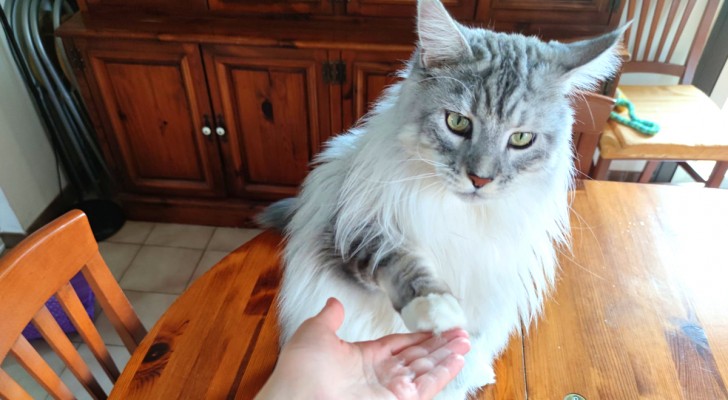10 marketing tricks that supermarkets use that encourage us to buy more

Marketing techniques are so clever that they make some choices appear to be natural, which have instead been piloted.
If we lower our guard and if we let ourselves be sucked into the vortex of offers, promotions, and discounts, we could fall for those banal marketing tricks to which, unfortunately, many people are victims.
Therefore, it is only by knowing them can you can try to avoid them, so here is a list of some secrets that large supermarkets adopt to increase sales.
To revive the sales of a product, a "restyling" plan is often put in place which does not substantially modify the product, but which manages to make the price rise.
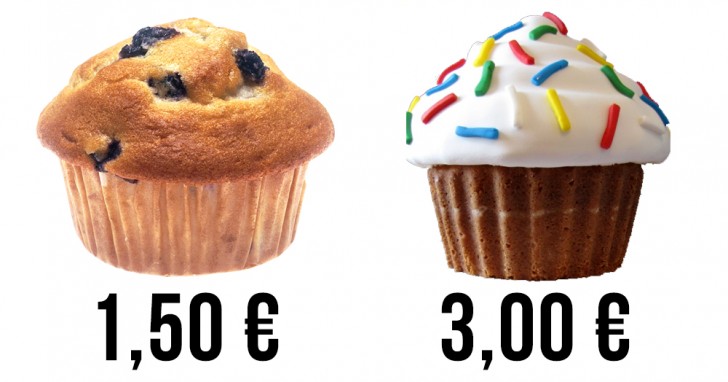
This is the case of muffins, tasty snacks that in recent years have seen a huge drop in sales, outclassed by other baked goods and products. So, how were they revived? Simply by presenting them with a more modern, colorful look, and with just a few more ingredients. Now, muffins have become cupcakes and are experiencing a worldwide success.
The customer evaluates the prices of goods not in an objective way, but by making a comparison.
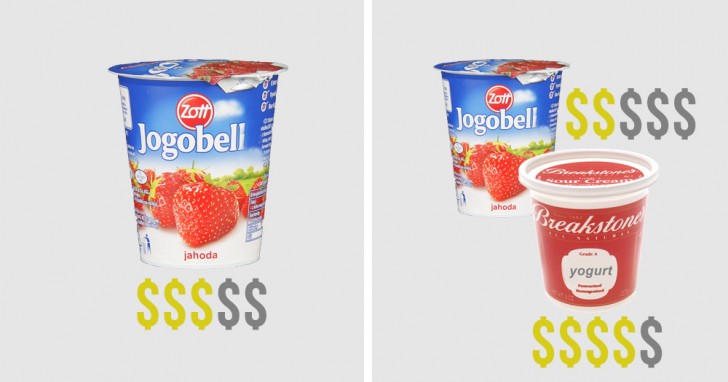
https://www.goodfreephotos.com...
How this technique functions is actually quite simple. If the customer considers a product too expensive, just place another product of the same type next to it, but with a higher price, and automatically the initial price will be considered acceptable.
Image: Renee Comet, National Cancer Institute/Wikimedia
Create a myth around a product.
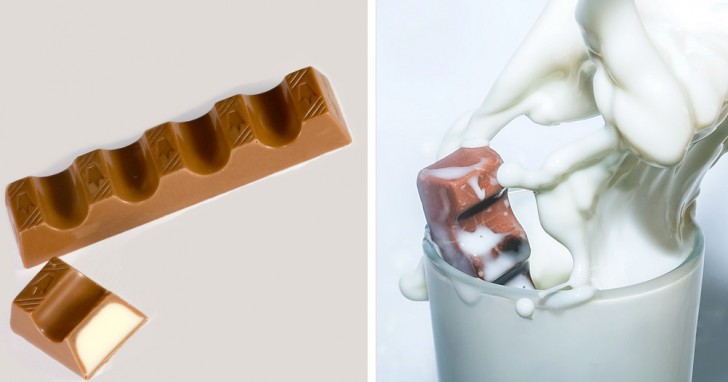
Often chocolate candy bars are shown in advertisements, floating in glasses of milk. Is that even impossible? It does not matter, just instill this image in the minds of the buyers, to make the purchase of a chocolate candy bar more impulsive.
The words chosen in restaurant menus are not random.
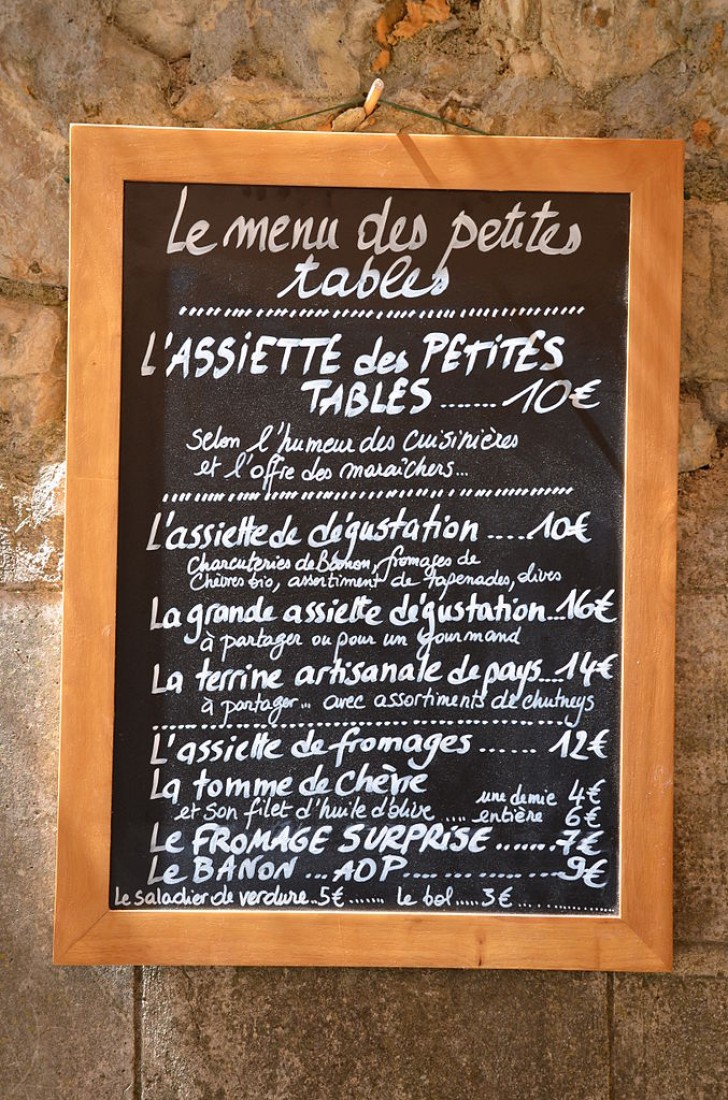
Does your mouth water while you browse the restaurant menu? It could be due not only to your hunger but also to the strategic words that serve to entice you to select that dish as well as to choose a larger portion. Some examples? The adjectives such as soft, juicy, and crispy serve to create an image of the dish in the customer's mind. Even adding the names of the places of origin are used to guide the choices. Among restaurant sales techniques, there is also the one that involves the use of words referring to the family to recall a safe and comfortable atmosphere. For example, "grandmother's kitchen soup" and "homemade desserts".
Our laziness is exploited.
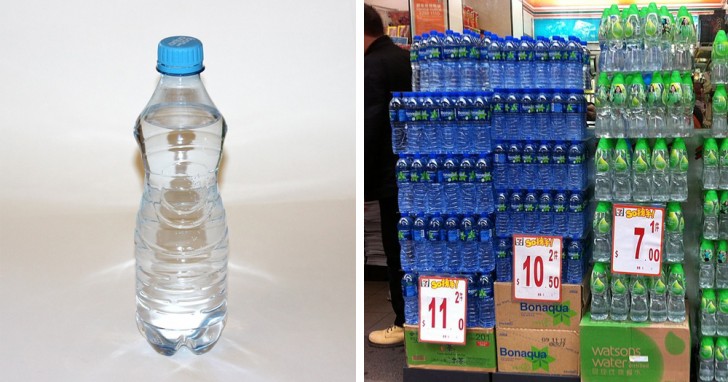
Have you ever said to yourself, while wandering in the aisles in a supermarket, "As long as I'm here I will take 3 packages, I'll need them anyway", or "I will buy one pack of six bottles of water instead of a single bottle." Although the choice may seem to be purely a practical one, it is actually, one of the customers' weak points of which salespeople are very aware. Their main interest is to sell as many products as possible.
Image: Pixabay
A double amount that is not necessary.
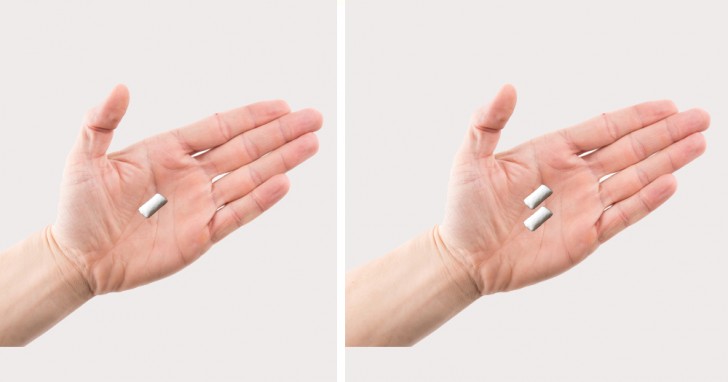
Some products are used in excessive quantities because from the advertisements we have learned the apparently correct way to use them. Some examples? If you always see two squares of chewing gum in a hand during a publicity for chewing gum, it is because in this way you will be tempted to chew two together or chew it more often. The use of toothpaste follows the same reasoning. We squeeze the tube until the entire surface of the bristles on the toothbrush is covered, but is it really necessary or would less toothpaste be sufficient?
Give authoritativeness to the product.
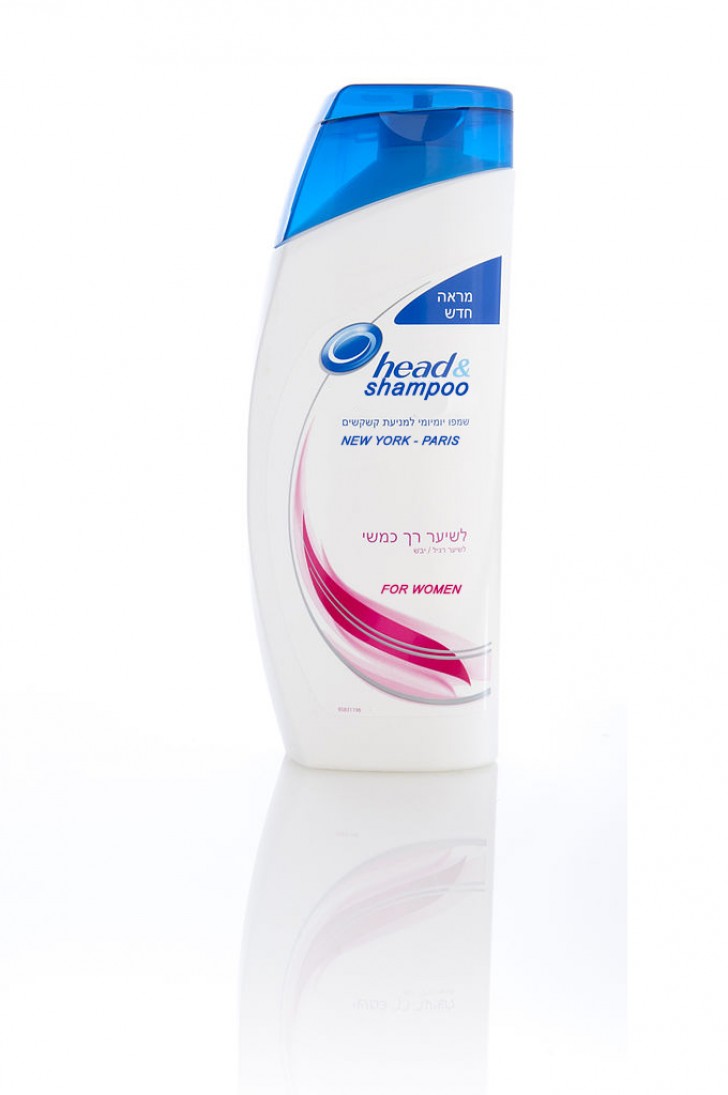
To sell a product, sometimes it is enough to just add some packaging keywords that give authority to the product itself. If for example on a bottle of shampoo you see written "Paris", automatically that shampoo will seem better than the others. Other strategic words that facilitate sales are "Recommended by hairdressers", "For women" (or "For men"), in the case of hair products.
Price difference without a reason.
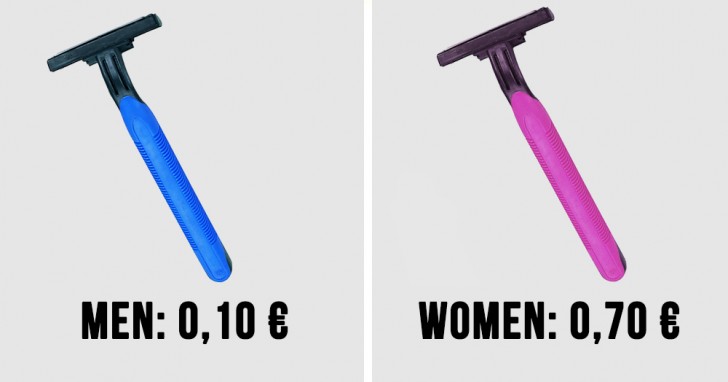
Have you noticed that many women's products are priced higher than their equivalent for men? This curious fact has been given a name "The Pink Tax", because ironically what perhaps justifies the higher price is the fact that the color pink is used? In reality, this phenomenon is based on a scientific fact, which indicates that women are the best consumers.
Supermarkets exploit human psychology.
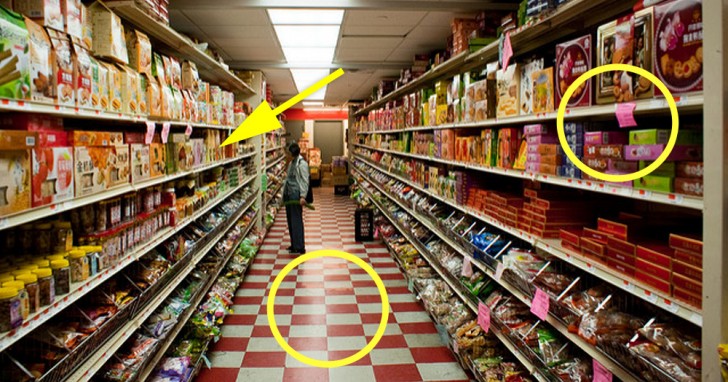
Walking among the aisles of a supermarket means to be surrounded by human psychology traps! Here are some examples --- On the shelves, at eye level, are placed the products for which they want to increase the number of sales, which are often also those with a higher price. Furthermore, the price tags with bright colors completely obscure other price tags, on which products with lower prices could be marked (the product on sale is not always the one that costs less). Finally, it seems that not even the floors in supermarkets are random! In fact, according to psychological studies, smaller tiles encourage people to walk more slowly and consequently to view more products.
Sales strategies do not aim to sell customers long-lasting products.

As evidence of this fact, there is the curious story of the potato peeler. This very useful instrument experienced a period of glory in conjunction with its first being placed on the market. However, sales gradually diminished and then sales and marketing people thought of a way to relaunch it! The idea was to make potato peelers with plastic that is the same color as potato peels, so by not seeing it, people accidentally threw it away and then had to immediately buy another one!



